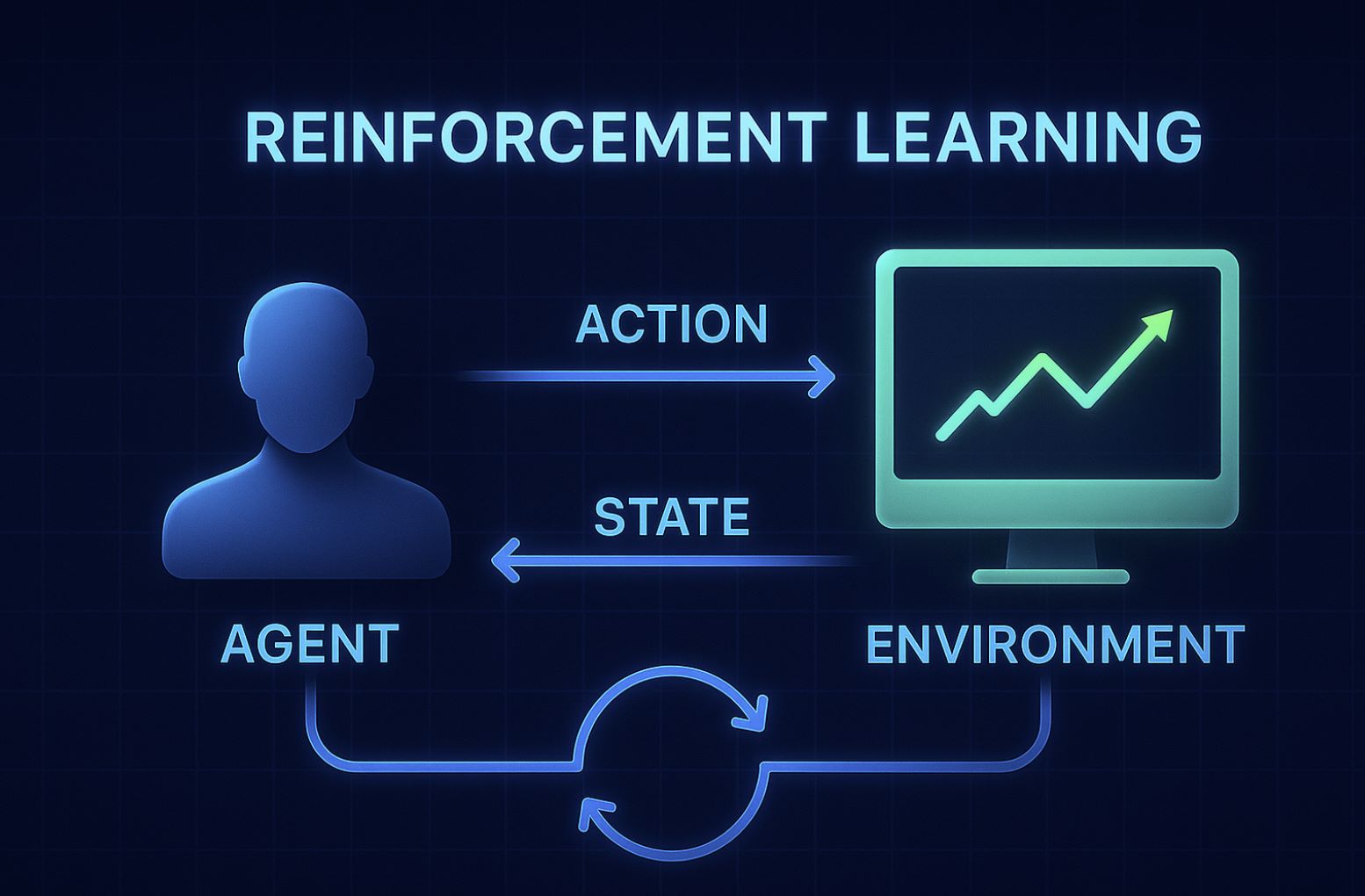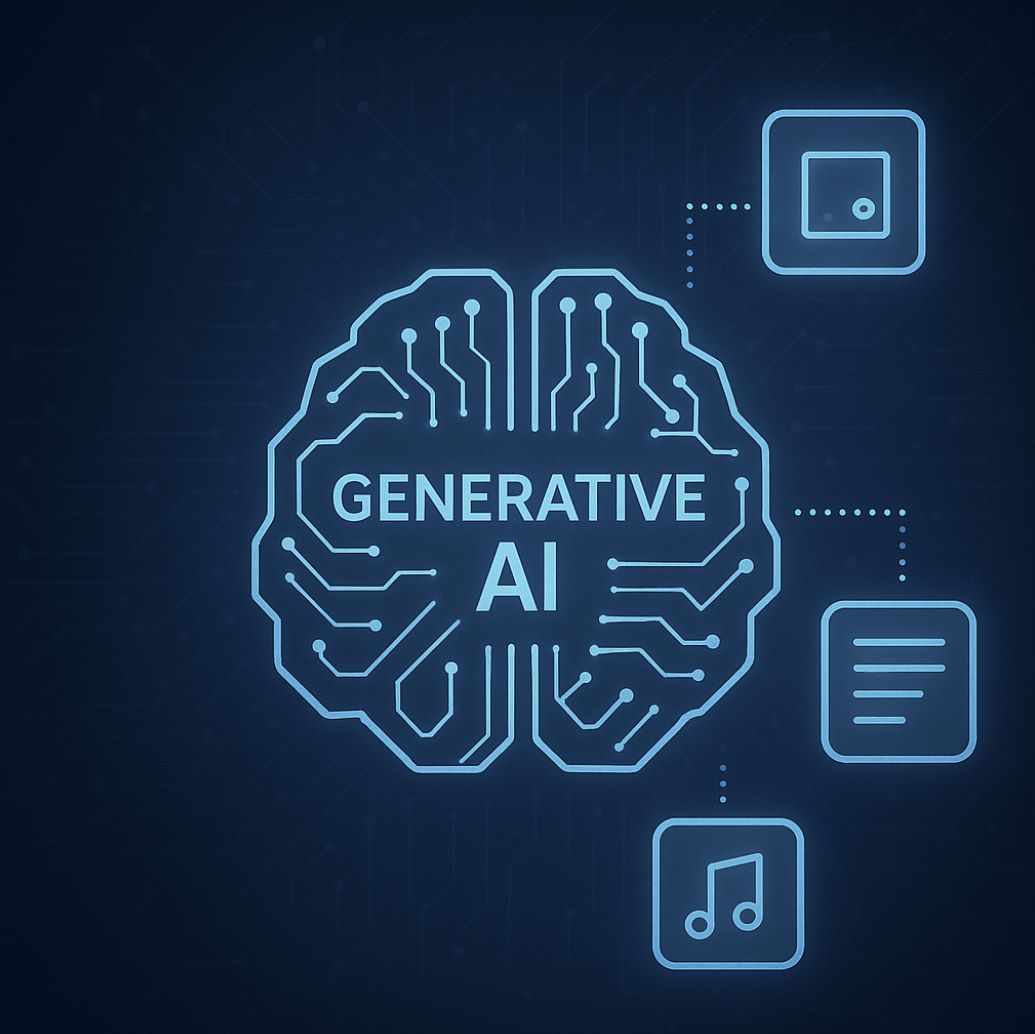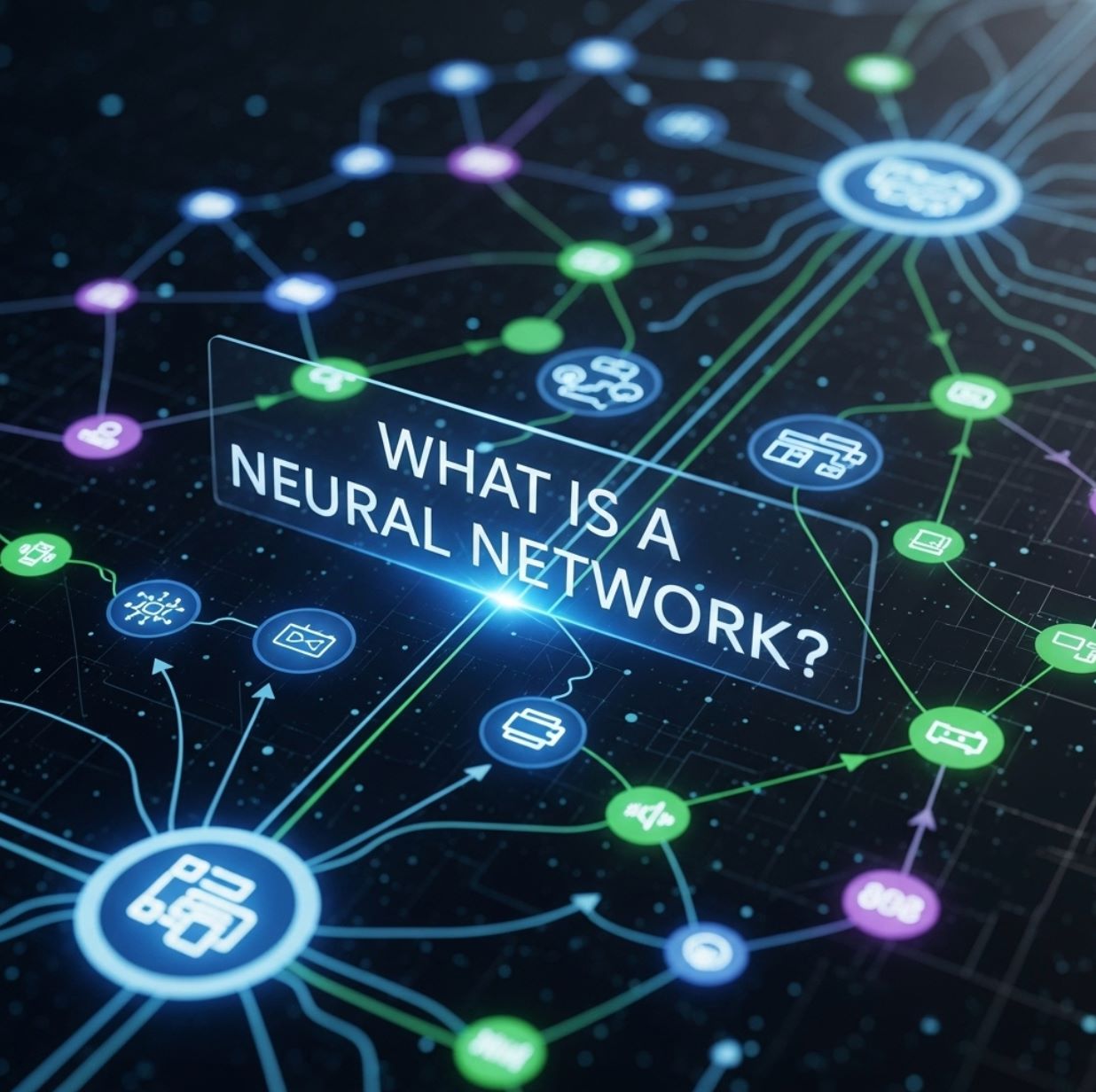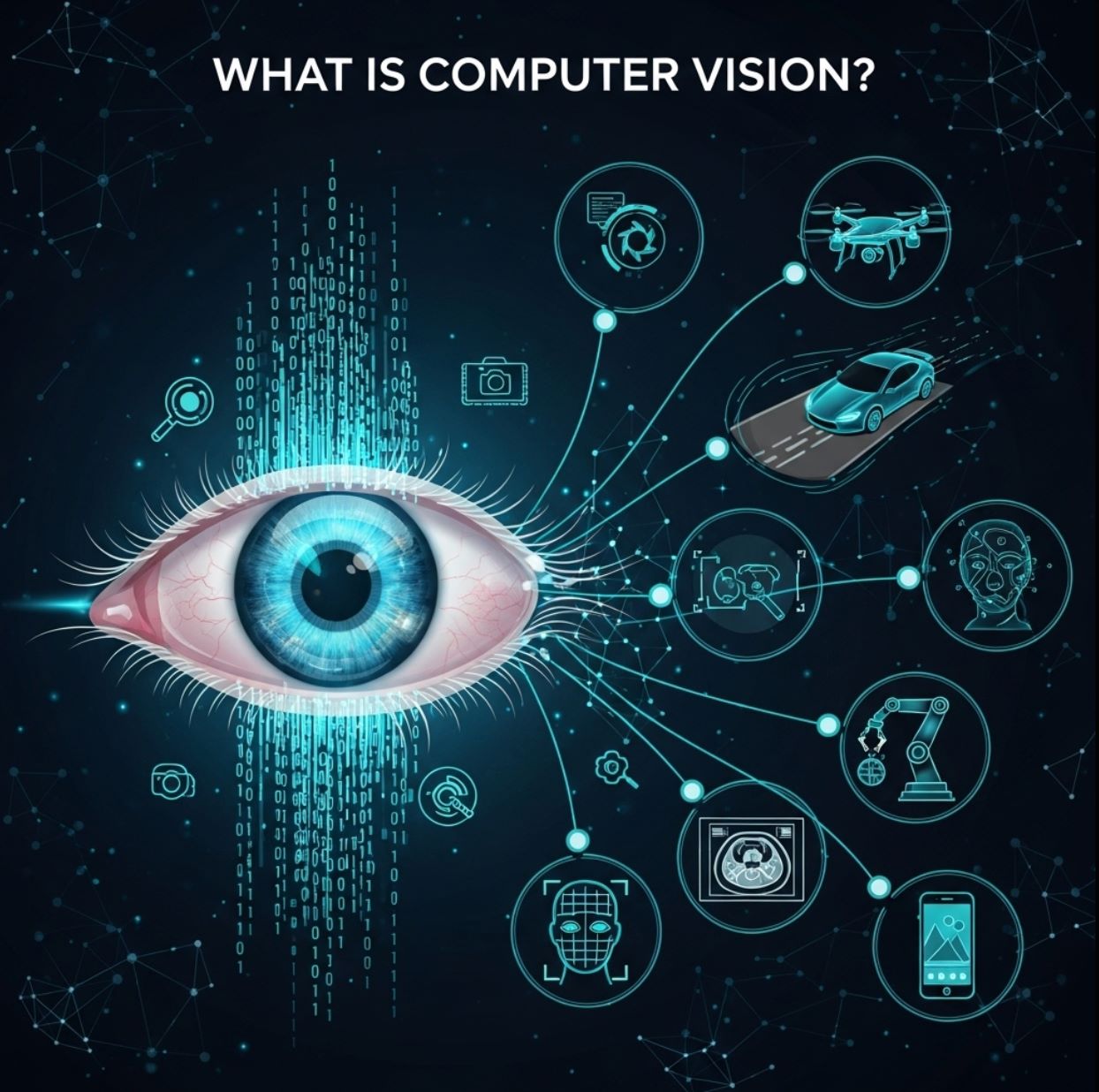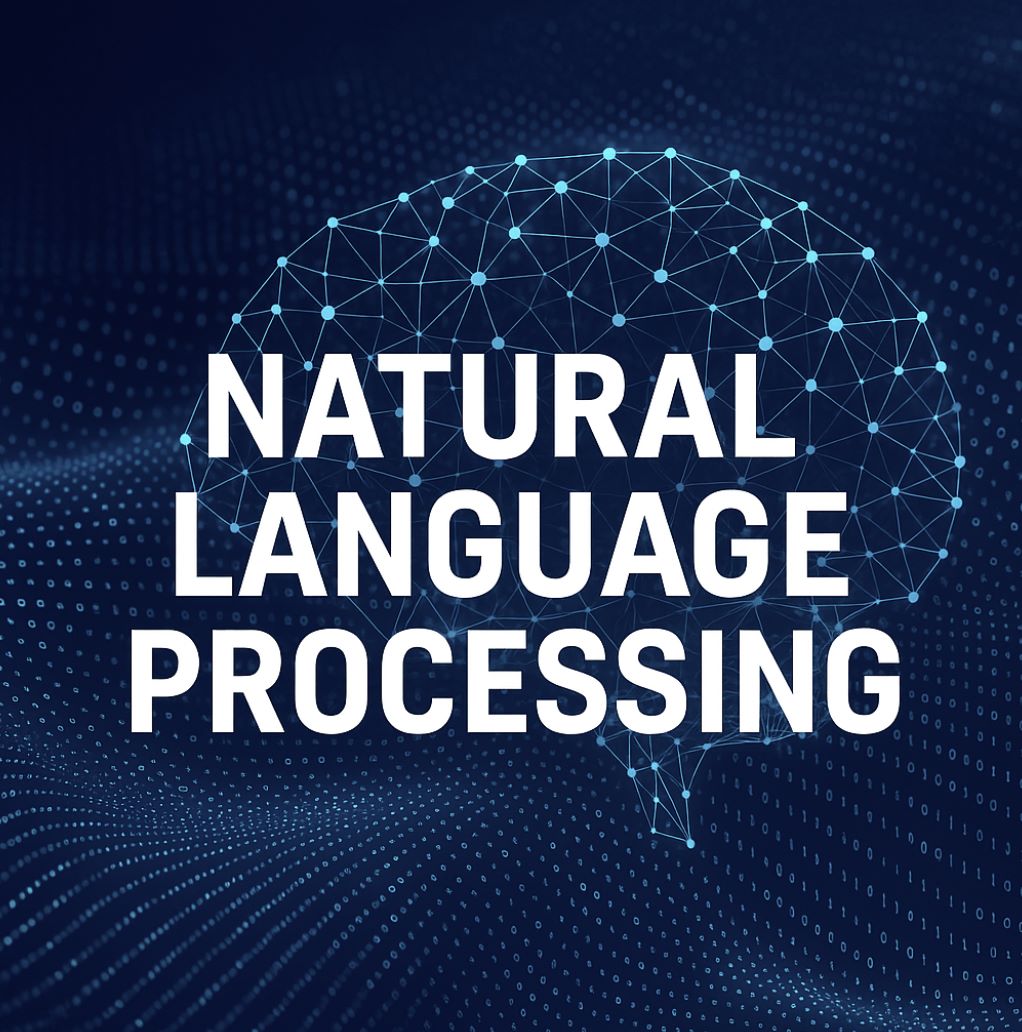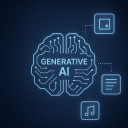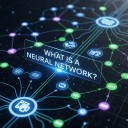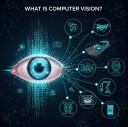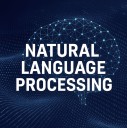Reinforcement Learning (RL) is a branch of machine learning in which an agent learns to make decisions by interacting with an environment. In RL, the agent’s goal is to learn a policy (a strategy) for choosing actions that maximize cumulative reward over time.
Unlike supervised learning, which requires labeled examples, RL relies on trial-and-error feedback: actions that produce positive outcomes (rewards) are reinforced, while those yielding negative results (punishments) are avoided.
As Sutton and Barto explain, RL is essentially “a computational approach to understanding and automating goal-directed learning and decision-making” where the agent learns from direct interaction with its environment, without requiring external supervision or a complete model of the world.
In practice, this means the agent continually explores the state‐action space, observing the results of its actions, and adjusting its strategy to improve future rewards.
Key Concepts and Components
Reinforcement learning involves several core elements. In broad terms, an agent (the learner or decision-making entity) interacts with an environment (the external system or problem space) by taking actions at discrete time steps.
At each step the agent observes the current state of the environment, executes an action, and then receives a reward (a numerical feedback signal) from the environment. Over many such interactions, the agent seeks to maximize its total (cumulative) reward. Key concepts include:
- Agent: The autonomous learner (e.g. an AI program or robot) that makes decisions.
- Environment: The world or problem domain with which the agent interacts. The environment provides the current state to the agent and computes the reward based on the agent’s action.
- Action: A decision or move taken by the agent to influence the environment. Different actions may lead to different states and rewards.
- State: A representation of the environment at a given time (for example, the position of pieces on a game board or sensor readings in a robot). The agent uses the state to decide its next action.
- Reward: A scalar feedback signal (positive, negative, or zero) given by the environment after each action. It quantifies the immediate benefit (or cost) of the action. The agent’s goal is to maximize the expected cumulative reward over time.
- Policy: The agent’s strategy for choosing actions, typically a mapping from states to actions. Through learning, the agent aims to find an optimal or near-optimal policy.
- Value function (or return): An estimate of the expected future reward (cumulative reward) that the agent will obtain from a given state (or state-action pair). The value function helps the agent evaluate long-term consequences of actions.
- Model (optional): In model-based RL, the agent builds an internal model of the environment’s dynamics (how states transition given actions) and uses it to plan. In model-free RL, no such model is built; the agent learns purely from trial-and-error experience.

How Reinforcement Learning Works
RL is often formalized as a Markov decision process (MDP). At each discrete time step, the agent observes a state StSt and selects an action AtAt. The environment then transitions to a new state St+1St+1 and emits a reward Rt+1Rt+1 based on the action taken.
Over many episodes, the agent accumulates experience in the form of state–action–reward sequences. By analyzing which actions led to higher rewards, the agent gradually improves its policy.
Crucially, RL problems involve a trade-off between exploration and exploitation. The agent must exploit the best-known actions to gain reward, but also explore new actions that might lead to even better outcomes.
For example, a reinforcement learning agent controlling a robot may usually take a proven safe route (exploitation) but sometimes try a new path (exploration) to potentially discover a faster route. Balancing this trade-off is essential for finding the optimal policy.
The learning process is often likened to behavioral conditioning. For instance, AWS notes that RL “mimics the trial-and-error learning process that humans use”. A child might learn that cleaning up earns praise while throwing toys earns scolding; similarly, an RL agent learns which actions yield rewards by receiving positive feedback for good actions and negative feedback for bad ones.
Over time, the agent constructs value estimates or policies that capture the best sequence of actions to achieve long-term goals.
In practice, RL algorithms accumulate rewards over episodes and aim to maximize the expected return (sum of future rewards). They learn to prefer actions that lead to high future rewards, even if those actions may not yield the highest immediate reward. This ability to plan for long-term gain (sometimes accepting short-term sacrifices) makes RL suitable for complex, sequential decision tasks.
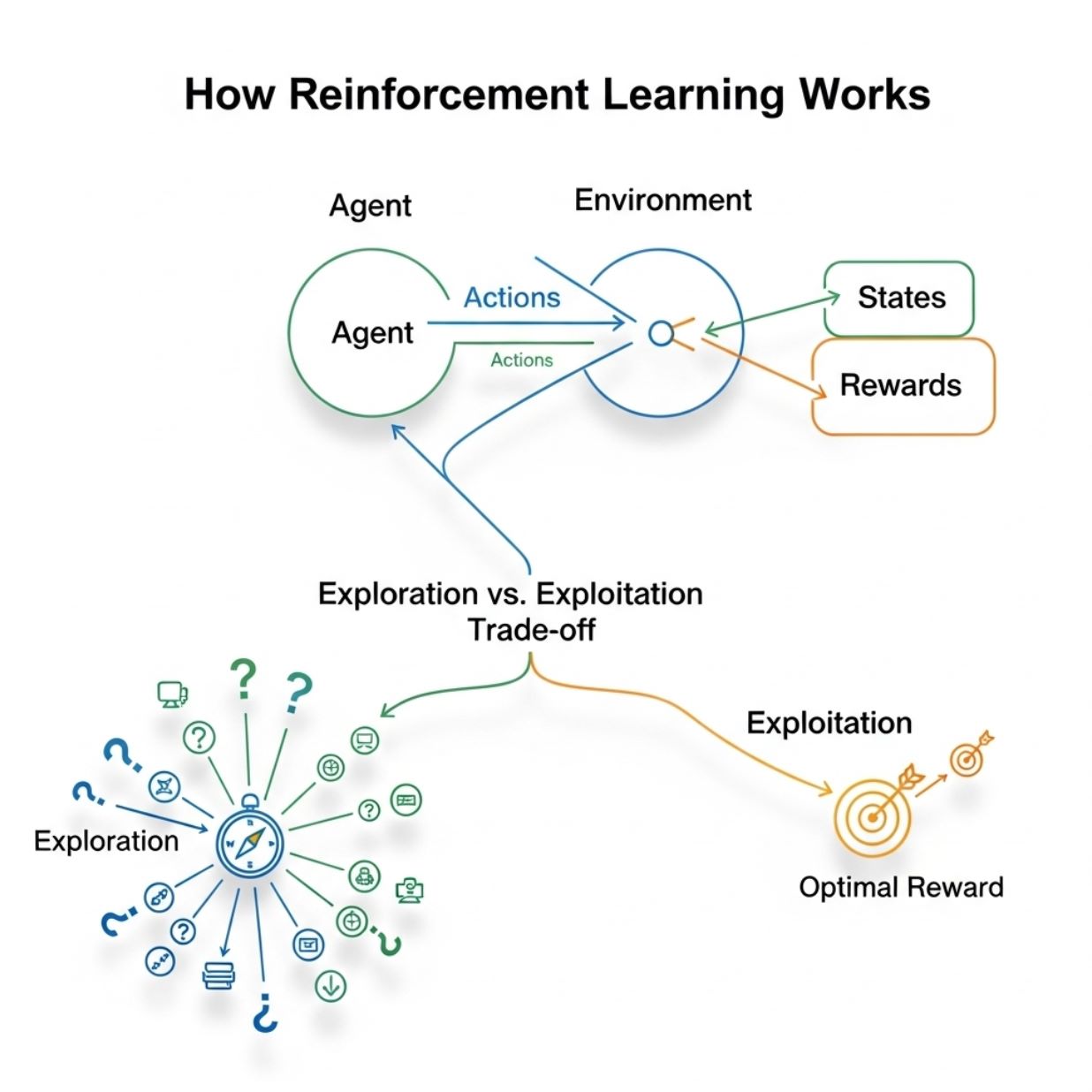
Types of Reinforcement Learning Algorithms
There are many algorithms to implement reinforcement learning. Broadly, they fall into two classes: model-based and model-free methods.
-
Model-based RL: The agent first learns or knows a model of the environment’s dynamics (how states change and how rewards are given) and then plans actions by simulating outcomes. For example, a robot mapping out a building to find the shortest route is using a model-based approach.
-
Model-free RL: The agent has no explicit model of the environment and learns solely from trial and error in the real (or simulated) environment. Instead of planning with a model, it incrementally updates value estimates or policies from experience. Most classic RL algorithms (like Q-learning or Temporal-Difference learning) are model-free.
Within these categories, algorithms differ in how they represent and update the policy or value function. For example, Q-learning (a value-based method) learns estimates of the “Q-values” (expected return) for state-action pairs and picks the action with the highest value.
Policy-gradient methods directly parameterize the policy and adjust its parameters via gradient ascent on expected reward. Many advanced methods (such as Actor-Critic or Trust Region Policy Optimization) combine value estimation and policy optimization.
A major recent development is Deep Reinforcement Learning. Here, deep neural networks serve as function approximators for value functions or policies, allowing RL to handle high-dimensional inputs like images. DeepMind’s success on Atari games and board games (e.g. AlphaGo in Go) come from combining deep learning with RL. In deep RL, algorithms like Deep Q-Networks (DQN) or Deep Policy Gradients scale RL to complex real-world tasks.
For example, AWS notes that common RL algorithms include Q-learning, Monte Carlo methods, policy-gradient methods, and Temporal-Difference learning, and that “Deep RL” refers to the use of deep neural networks in these methods.

Applications of Reinforcement Learning
Reinforcement learning is applied in many domains where sequential decision-making under uncertainty is crucial. Key applications include:
- Games and Simulation: RL famously mastered games and simulators. For example, DeepMind’s AlphaGo and AlphaZero learned Go and Chess at superhuman levels using RL. Video games (Atari, StarCraft) and simulations (physics, robotics simulators) are natural RL testbeds because the environment is well-defined and many trials are possible.
- Robotics and Control: Autonomous robots and self-driving cars are agents in dynamic environments. By trial and error, RL can teach a robot to grasp objects or a car to navigate traffic. IBM notes that robots and self-driving cars are prime examples of RL agents learning by interacting with their environment.
- Recommendation Systems and Marketing: RL can personalize content or ads based on user interactions. For instance, an RL-based recommender updates its suggestions as users click or skip items, learning to present the most relevant ads or products over time.
- Resource Optimization: RL excels in optimizing systems with long-term objectives. Examples include adjusting data-center cooling to minimize energy use, controlling smart-grid energy storage, or managing cloud computing resources. AWS describes use cases like “cloud spend optimization,” where an RL agent learns to allocate compute resources for best cost efficiency.
- Finance and Trading: Financial markets are dynamic and sequential. RL has been explored to optimize trading strategies, portfolio management, and hedging by simulating trades and learning which actions maximize returns under market shifts.
These application highlight RL’s strength in long-term planning. Unlike methods that only predict immediate outcomes, RL explicitly maximizes cumulative rewards, making it well-suited for problems where actions have delayed consequences.
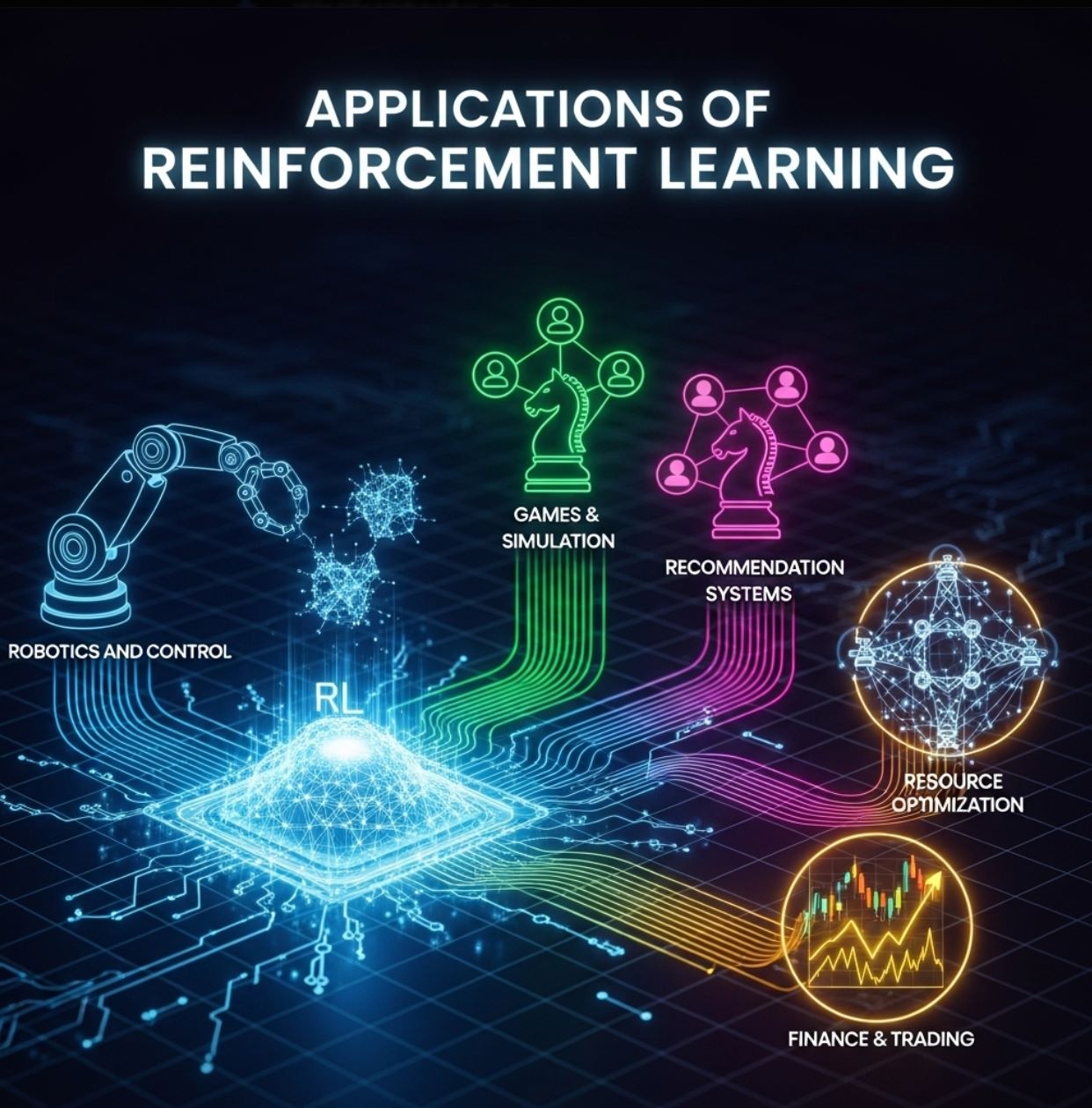
Reinforcement Learning vs. Other Machine Learning
Reinforcement learning is one of the three major paradigms of machine learning (alongside supervised and unsupervised learning), but it is quite different in focus. Supervised learning trains on labeled input-output pairs, while unsupervised learning finds patterns in unlabeled data.
In contrast, RL does not require labeled examples of correct behavior. Instead, it defines a goal via the reward signal and learns by trial and error. In RL, the “training data” (state-action-reward tuples) are sequential and interdependent, because each action affects future states.
Put simply, supervised learning tells a model what to predict; reinforcement learning teaches an agent how to act. As IBM’s overview notes, RL learns by “positive reinforcement” (reward) rather than by being shown the correct answers.
This makes RL particularly powerful for tasks that involve decision-making and control. However, it also means RL can be more challenging: without labeled feedback, the agent must discover good actions on its own, often requiring much exploration of the environment.

Challenges of Reinforcement Learning
Despite its power, RL comes with practical challenges:
- Sample Inefficiency: RL often requires vast amounts of experience (trials) to learn effective policies. Training in the real world can be costly or slow (for example, a robot may need millions of trials to master a task). For this reason, many RL systems are trained in simulation before deployment.
- Reward Design: Defining an appropriate reward function is tricky. A poorly chosen reward can lead to unintended behaviors (the agent may “game” the reward in a way that doesn’t align with the true goal). Designing rewards that capture long-term objectives without unintended shortcuts is an art in RL research.
- Stability and Safety: In real-world settings (robotics, healthcare, finance), unsafe exploratory actions can be dangerous or costly. AWS notes that real-world experimentation (e.g. flying a drone) may not be practical without simulation. Ensuring safety during learning and deployment is an active area of RL research.
- Interpretability: Learned RL policies (especially deep RL models) can be opaque. Understanding why an agent takes certain actions is often difficult, making it hard to debug or trust the system. This lack of interpretability is noted as a deployment challenge for complex RL systems.
Each of these challenges is the subject of ongoing research. Despite the hurdles, the practical successes of RL (in games, robotics, recommender systems, etc.) demonstrate that when applied carefully, RL can achieve impressive results.
>>>Click to learn more about:
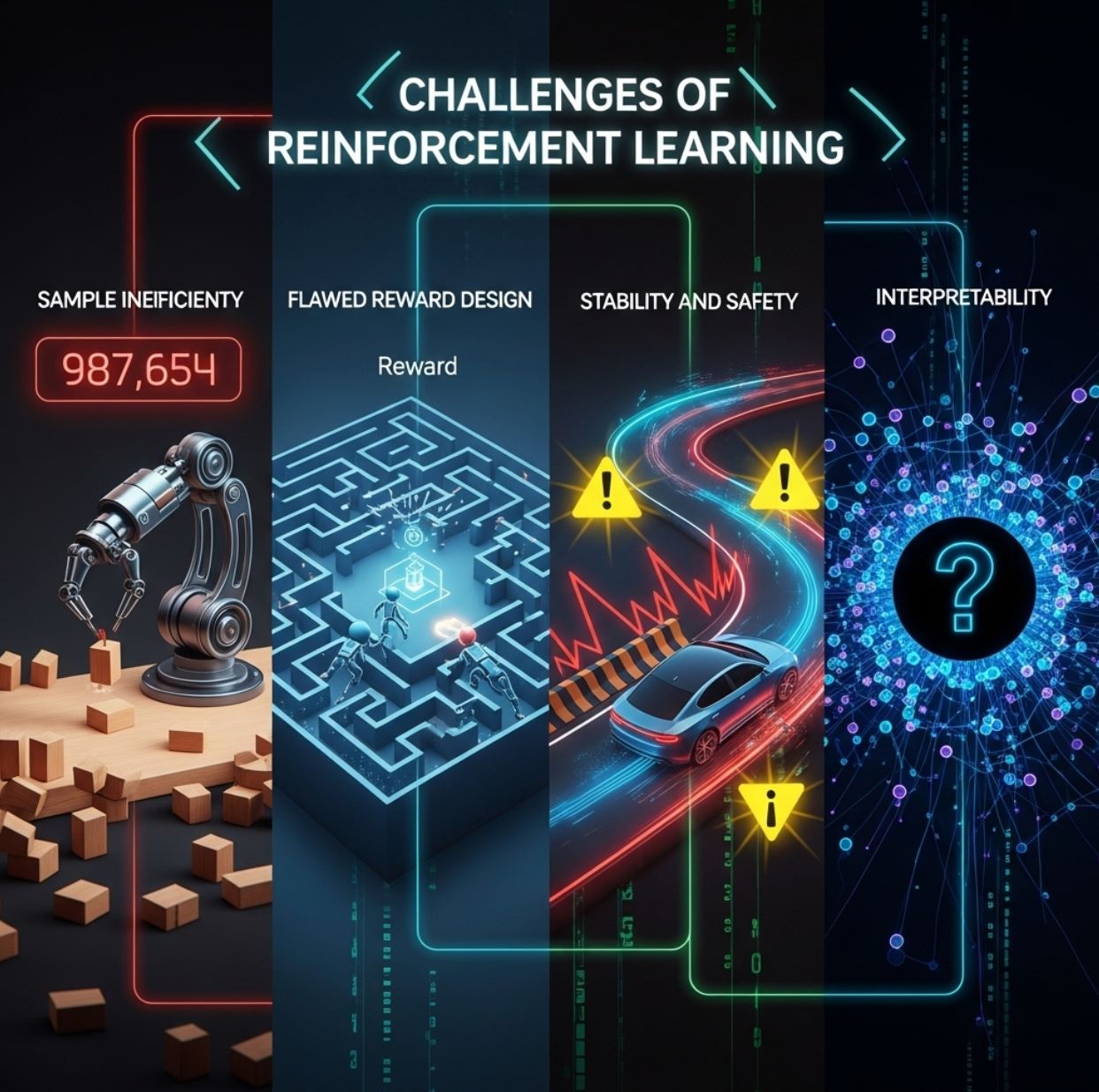
In summary, reinforcement learning is an autonomous learning framework in which an agent learns to achieve goals by interacting with its environment and maximizing cumulative reward. It combines ideas from optimal control, dynamic programming, and behavioral psychology, and it is the foundation of many modern AI breakthroughs.
By framing problems as sequential decision-making tasks with feedback, RL enables machines to learn complex behaviors on their own, bridging the gap between data-driven learning and goal-directed action.


